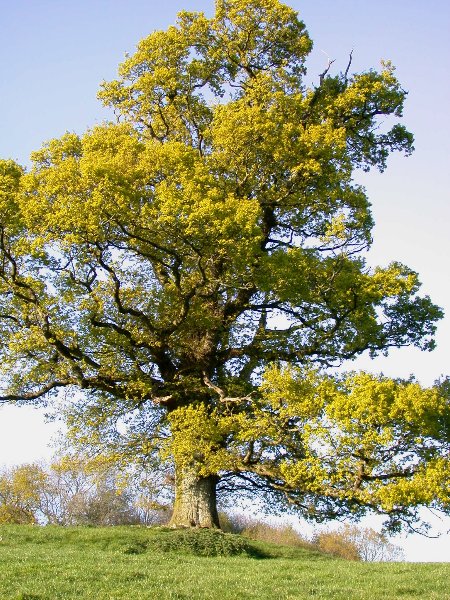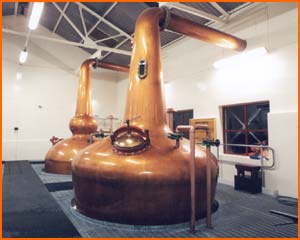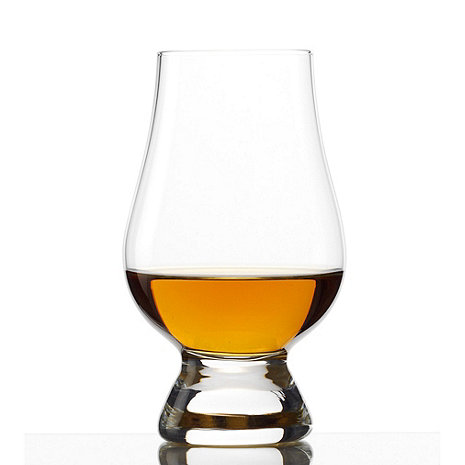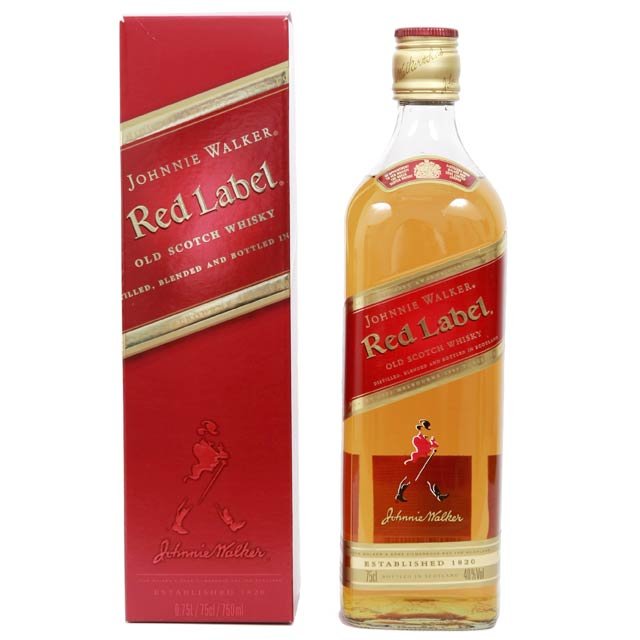Welcome back. Today we broach the subject of casks: what wood, why, and where from?
Traditionally, oak makes the best casks/barrels. Reason? The wood is strong but pliant; able to curve with the gentle shape of a barrel while remaining strong to not snap or crack under stress. Originally, the casks were merely a transportation and storage method. Inn-keepers and customers began noticing that storing them in the casks mellowed the flavors and altered the flavors for the better. BOOM: maturation in barrels.
Back in the beginnings of whisky, casks used for sherry from Spain were readily available, and therefore easily obtainable, and therefore widely used (and therefore once again). The thought process went like this: vast quantities and cheaply obtainable. Then in 1975, the dictator Franco of Spain died and Spain became a democracy. The trade unions demanded that the bottling of wines become a local Spanish business, and the supply became harder to obtain. Sherry fell out of fashion, and distilleries looked elsewhere. Bourbon barrels from the United States became more available, and the UK distilleries began using them...and they noticed different flavor profiles (crazy, right?).
Now, onto the nitty-gritty. What type of oak is preferred? Well, there are several types of oak trees ranging in size (half a dozen in Europe alone!). The preferred variety is Quercus robor aka the pendunculate oak. Q. robor tolerates a wide variety of growing environments typically found in England, France, and the Iberian peninsula (Spain and Portugal).
These trees once fed the Spanish Galleon production of the great era of exploration (Columbus anyone?). Macallan has been the most consistent user of Spanish sherry casks and has always had a steady supply. The city of Lugo is the modern-day center of sherry casks. To make these casks, the trees are cut into staves and air-dried for 12 to 13 months in the sun. The sun and weather washes out some of the tannins (a compound that is bitter in taste and (almost) acts as protection for plants. Too much tannin gives that dry, puckery feeling in wines). The staves then become barrels at a cooperage in Jerez. There, the barrels are used twice: once from 2 weeks to six months, and then a second time of the same length. They are then shipped whole to Scotland to be used for scotch whisky maturation.
The (silly) term used for the sherry casks are sherry butts. They have a 132 gallon capacity. They are big...and their size makes them difficult to handle. The preferred size are called "hogsheads" and are half the size. The hogsheads are usually American Oak (used for bourbon) casks.
American Oak (bourbon) casks have an entire aspect that sherry casks do not have: Charring. The legend goes like this: there was an accidental fire in a distillery that burned the casks. The integrity of the casks were preserved, so the distillery aged the whiskey anyways...and surprise: it was awesome. Realistically, it was an experiment gone right.
Remember: print the legend.
American Oak barrels have 3 levels of charring: light, medium, and alligator (cool).
So what does this have to do with scotch? Well, wood, being an organic compound, changes with weather. During maturation, the heat causes the wood to expand, and contract, allowing the whisky to "breathe" the air. On Islay? Seaweed and salt. In the Highlands? Floral flavors. Also, the type of casks imparts its flavor into the whisky. Sherry casks impart a fruity, nutty flavor while a bourbon barrel can add vanilla and tannins (also a charred flavor depending on how charred it is). Each barrel can be used multiple times: the first having the most profound, the second less, the third a little. If there is a fourth, it is usually used for blends. Some distilleries boast "only first-fill sherry casks used" while others prefer a more mellow second-fill. Many distilleries use both sherry casks and bourbon casks to create something in between (Glenmorangie is a proponent of this method). Remember when I said the wood breathes? Well, it breathes oxygen. Oxygen has a large effect on the liquid inside. Wines must be "aerated" before drinking. Once you open a bottle, it will not last long before oxygen makes the wine stale. With whisky, oxygen has been said to bring out the pleasant flavors of the whisky. When the whisky enters the cask, it brings traces of copper from the stills: that is the catalyst. Those begin to change the oxygen into hydrogen peroxide and that attacks the wood, releasing vanillin. The vanillin promotes oxygenation and brings the "pleasant" flavors to the fore. Vanillin is a naturally occurring element in the oak and gives a vanilla flavor (duh). The climate of tree growth plays a role in what happens during the oxygenation attack: Spanish oak is more resiny, American Oaks have poorer soil, making them heady trees, making them more active in the process of oxygenation.
OH MY GOODNESS THAT'S SO MUCH STUFF.
Yes. Yes it is. Also, that's not all of it. Balvenie has a 21 year old Portwood scotch as well as a 14 year old Rum Cask.
As you can imagine, they change the flavor in the direction of the previous liquid inside the cask.
It is difficult to find a whisky that is the same liquid, but I have one particular scotch that I have. Lagavulin 16. If you remember, that's a damn fine whisky in my book. There is a "Distiller's Edition" (more on that another time) that has been matured in Pedro Ximenez casks near the end of its maturation.
Lagavulin is a hearty whisky of seaweed, iodine, salt, peat, and warmth. I thought to myself as I shelled out a good chunk of change for the D.E. "What will the wine cask do to the flavor? How can a fruity, dry wine add anything to such a strong, bold flavored whisky?" Well...wow.
Just
Wow
Let me give a brief review of both...
Lagavulin 16
Color: Deep amber, very viscous
Nose: Ocean, peaty, smoky (fo sho). Very strong nose
Taste: Warmth all over, peat and smoke, undertones of vanilla, oily, grassy, salty campfire.
Finish: Long and beautiful.
Now...if that doesn't make you want a dram, nothing will.
Here we go...
Lagavulin Distiller's Edition; Double-Matured in Pedro Ximenez sherry casks
Color: Deep amber with a reddish hue (obviously the sherry cask influence)
Nose: Still peaty and smoky (but less so), raisins, honey
Taste: Warm, warm, warm...there is the peaty/smoky base and oily viscous body, but an enveloping hug of fruit (raisins and cream). Overall mellower and rounder
Finish: Less intense, but longer and sweeter; smoooooooooth
It's as if the opposites completed each other by merging in a way one would not think possible. The wood began merely as a transportation and holding device. Yet, what a development. How amazing. Who knows what other casks distillers may use in the future. I, for one, support every experiment.
Slainte mhath!















